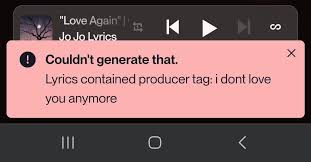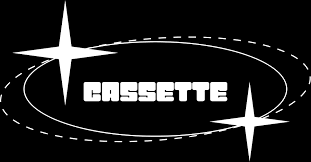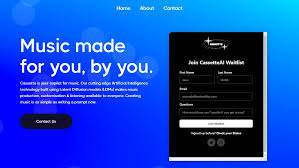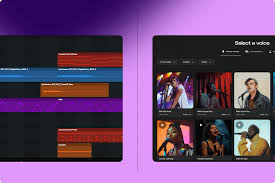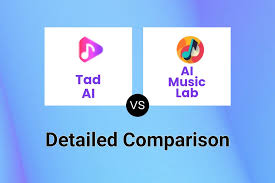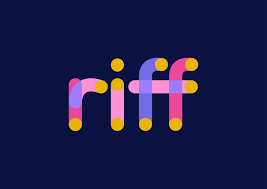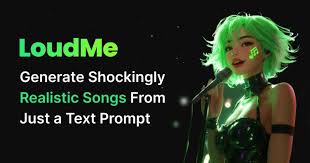Introduction: Understanding Copyright in AI-Generated Music
If you're a content creator, marketer, or podcaster, you've likely asked the question: Is SOUNDRAW music copyright free?
With copyright laws becoming increasingly complex—especially around AI-generated content—knowing whether a tool like SOUNDRAW provides royalty-free music is critical to staying compliant and monetizing safely.
The short answer is: Yes, SOUNDRAW music is royalty-free for subscribers, but it’s not quite as simple as a blanket “copyright free.” This article breaks down what that means, what you're allowed to do with SOUNDRAW tracks, and what to avoid.
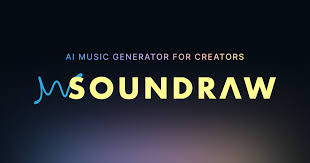
What Is SOUNDRAW and Why It Matters for Licensing
SOUNDRAW is a Japan-based AI music generation tool launched in 2020. Its primary function is to let users—without any background in music—generate fully original instrumental tracks using AI. It’s popular among:
YouTubers
Indie developers
Marketing teams
Freelancers
Live streamers
Unlike traditional royalty-free music libraries, SOUNDRAW generates songs from scratch based on genre, mood, and tempo—making it unique in the music licensing space.
Explore: Soundraw review
Is SOUNDRAW Music Copyright Free?
? Yes—With Conditions
SOUNDRAW music is royalty-free, not necessarily “copyright-free.” That means:
You don’t pay ongoing royalties.
You can use the music commercially.
SOUNDRAW retains copyright ownership.
You gain a usage license during an active subscription.
In short, you have the rights to use it—but you don’t own it.
What You Can Do with SOUNDRAW Music
When you subscribe to SOUNDRAW’s Creator Plan or higher, you’re granted a commercial license to:
Use tracks in YouTube videos (monetized or not)
Add background music to podcasts or audiobooks
Use in TikToks, Reels, and Shorts
Embed in apps, games, or websites
Include in ads, trailers, and presentations
License music to clients as part of your services (if you’re an agency or freelancer)
Once you’ve downloaded a track, you can keep using it even after canceling your plan, as long as it was published while your license was active.
What You Can’t Do with SOUNDRAW Music
Despite the flexibility, there are some important restrictions:
? No Uploading to Content ID Systems
You cannot register SOUNDRAW songs with YouTube’s Content ID or similar copyright management tools.
? No Reselling or Redistribution
You’re not allowed to:
Sell SOUNDRAW music as stock audio
Resell it on platforms like Beatstars or Pond5
Distribute tracks to others who haven’t purchased a license
? No Streaming Without Modification (Unless on the Artist Plan)
Want to publish SOUNDRAW tracks on Spotify or Apple Music? You’ll need to:
Add vocals or extra instrumentation
Subscribe to the Artist Plan
Attribute yourself for the new parts only—not the whole track
SOUNDRAW Licensing Tiers: What You Get
| Plan Name | Price | Key Features |
|---|---|---|
| Free Plan | $0/month | Browse and preview music only—no downloads |
| Creator Plan | $19.99/month or $203.88/year | Unlimited downloads, commercial license, customization tools |
| Artist Plan | Contact for Pricing | Commercial release (Spotify, etc.), extended licensing, modifications |

Pros and Cons of Using SOUNDRAW Music
? Pros
Royalty-Free Usage: No hidden fees or future royalties.
High-Quality Tracks: Professional-grade sound with cinematic depth.
Fast and Easy: Create custom music in minutes, even without music skills.
Wide Commercial Rights: Use across digital platforms without limits.
Flexible Licensing: Cancel your plan and still use previously downloaded music.
? Cons
You Don’t Own the Copyright: You get usage rights, not ownership.
Content ID Restrictions: No registration with YouTube’s Content ID.
No Vocals Included: All tracks are instrumental by default.
Limited Creative Control: Not suitable for traditional musicians or composers.
Key Takeaways: SOUNDRAW Music Licensing Explained
SOUNDRAW offers royalty-free music for subscribers under commercial license.
You can’t claim ownership of the tracks, but you can use them commercially.
Restrictions include no resale, no Content ID uploads, and no redistribution.
You retain rights to use downloaded tracks after canceling if they were published during your subscription.
Conclusion: Is SOUNDRAW Music Safe for Commercial Use?
If you’re looking for an AI tool to generate high-quality, legal background music for videos, ads, or social media, SOUNDRAW is a reliable option. Its licensing structure is clear, flexible, and designed for content creators—not just musicians.
That said, make sure you understand the limitations. You won’t be able to resell or claim copyright over the music. But if you’re using SOUNDRAW the way it’s meant to be used—for background music in digital content—then it’s one of the safest and fastest tools available.
FAQs: Is SOUNDRAW Music Copyright Free?
? Can I monetize YouTube videos with SOUNDRAW music?
Yes, as long as you’re subscribed to a paid plan. Monetization is fully allowed.
? Can I use SOUNDRAW tracks in client projects?
Yes, but the project must be published during your active subscription.
? Can I copyright or register SOUNDRAW music as mine?
No. SOUNDRAW retains the original copyright. You can’t register the music on Content ID or copyright databases.
? Can I use SOUNDRAW music after canceling my subscription?
Yes, for any tracks you published while your license was active.
? Is SOUNDRAW music truly royalty-free?
Yes, you pay a flat fee via subscription. There are no additional royalties after use.
Learn more about AI MUSIC

